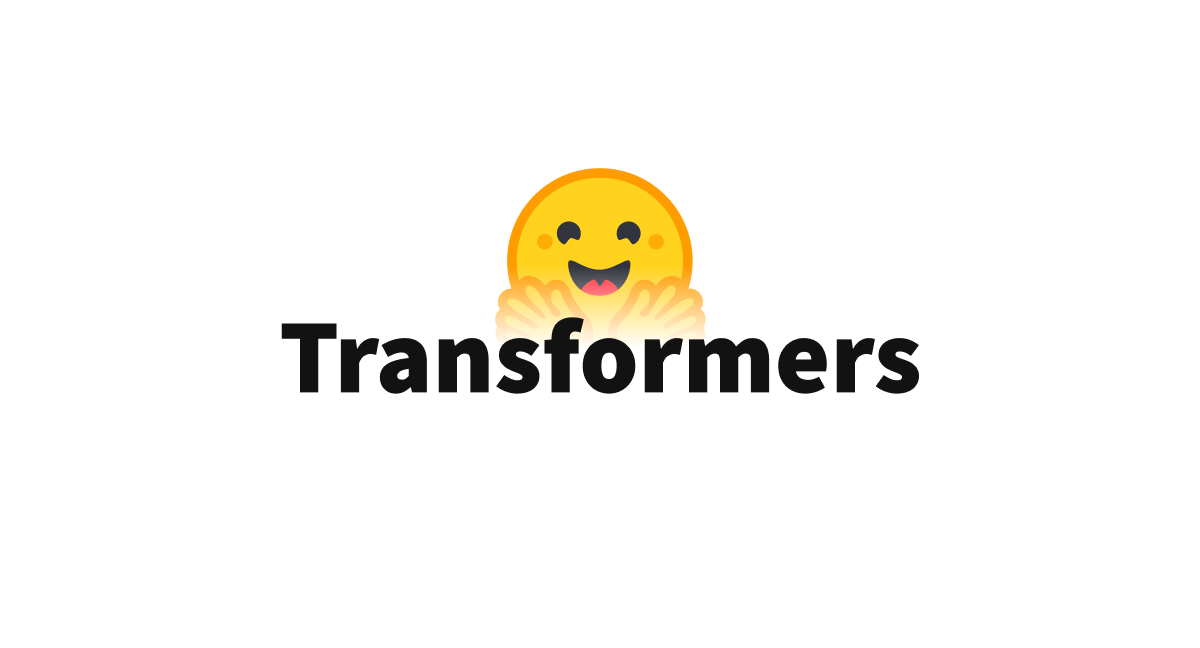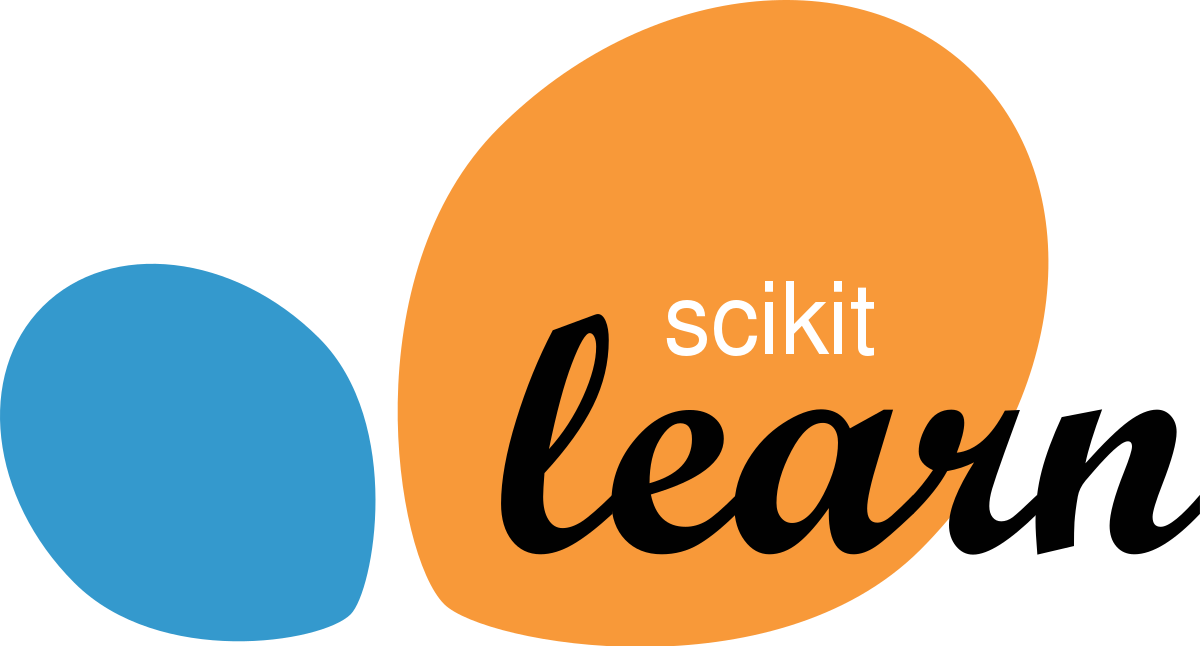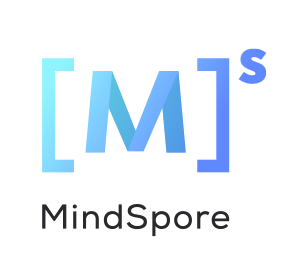Machine learning continues to evolve at an incredible pace, and as we dive deeper into 2025, the landscape of ML frameworks is more dynamic than ever. Whether you're a data scientist, developer, or business leader looking to harness the power of AI, choosing the right machine learning framework can significantly impact your project's speed, scalability, and success.
In this article, we’ll explore the best machine learning frameworks to use in 2025, highlighting their strengths, ideal use cases, and what makes each one stand out in today’s AI ecosystem.
1. TensorFlow 2.x
Best for: Production-ready deep learning models and cross-platform deployment
Backed by: Google
TensorFlow remains a heavyweight in the ML world thanks to its robust ecosystem and continued innovation. With TensorFlow 2.x, the framework has become much more user-friendly while still offering powerful tools for professionals building complex models.
🔹 Highlights:
-
Keras integration: Simplifies model building with an intuitive API
-
TensorFlow Lite and TensorFlow.js: Deploy models on mobile and web
-
TFX (TensorFlow Extended): Scalable ML pipelines for production
Why it’s top in 2025: TensorFlow’s continued development in edge deployment, cross-platform support, and large community make it a smart choice for businesses scaling AI solutions.
2. PyTorch 2.1
Best for: Research and rapid prototyping
Backed by: Meta (Facebook)
PyTorch has gained massive traction in the AI research community, and with version 2.1, it’s no longer just for experiments—it's production-ready. The release brought TorchScript improvements and compile-time optimization, making it suitable for large-scale deployment too.
🔹 Highlights:
-
Dynamic computation graph: Easier debugging and flexibility
-
Strong community and library ecosystem (e.g., Hugging Face Transformers, PyTorch Lightning)
-
Better GPU performance with torch.compile()
Why it’s top in 2025: With its balance of flexibility and power, PyTorch is now bridging the gap between experimentation and production.
3. JAX
Best for: High-performance ML and scientific computing
Backed by: Google Research
JAX combines NumPy-like syntax with automatic differentiation and GPU/TPU acceleration. Its functional programming style makes it highly efficient for gradient-based algorithms.
🔹 Highlights:
-
Autograd and XLA compilation: Fast and scalable training
-
Support for TPU and distributed computing
-
Used in cutting-edge projects like DeepMind’s AlphaFold
Why it’s top in 2025: JAX is becoming a go-to framework for researchers and engineers working on optimization-heavy models and high-performance simulations.
4. Hugging Face Transformers
Best for: Natural Language Processing (NLP) and generative AI
Community-driven and model-rich
While not a framework in the traditional sense, Hugging Face’s Transformers library has transformed the way developers approach NLP tasks. In 2025, it's widely used for building LLM-powered apps quickly and efficiently.
🔹 Highlights:
-
Thousands of pre-trained models (BERT, GPT, T5, etc.)
-
Integration with PyTorch, TensorFlow, and JAX
-
Easy deployment via
transformers,accelerate, andinference API
Why it’s top in 2025: As generative AI becomes central to modern applications, Hugging Face offers the shortest path from idea to implementation.
5. scikit-learn
Best for: Traditional ML models and data preprocessing
Backed by: Open-source contributors worldwide
Scikit-learn is a classic and continues to be relevant in 2025. It's lightweight, easy to use, and ideal for classical machine learning techniques like decision trees, clustering, and regression.
🔹 Highlights:
-
Simple API for fast experimentation
-
Seamless integration with pandas and NumPy
-
Perfect for smaller datasets and explainable models
Why it’s top in 2025: It remains unmatched for fast, interpretable models in scenarios where deep learning is overkill.
6. MindSpore
Best for: Cross-platform AI development and hardware optimization
Backed by: Huawei
MindSpore has quietly gained popularity in Asia and globally for its performance optimization across various hardware platforms, including CPUs, GPUs, and NPUs.
🔹 Highlights:
-
Graph and eager execution modes
-
Built-in AI security features
-
Good support for edge devices
Why it’s top in 2025: As hardware diversity increases, MindSpore’s flexibility makes it attractive for developers needing fine control over model deployment.
Final Thoughts: Which Framework Should You Choose?
| Framework | Best For | Key Strength |
|---|---|---|
| TensorFlow | Production apps, mobile/web AI | Ecosystem and deployment tools |
| PyTorch | Research and commercial apps | Developer-friendly, fast iteration |
| JAX | Scientific and high-performance ML | Performance and functional programming |
| Hugging Face | NLP and generative AI | Model availability and integration ease |
| Scikit-learn | Classical ML | Simplicity and reliability |
| MindSpore | Edge computing and multi-hardware | Flexibility across hardware platforms |
No single framework fits every use case. If you're building a generative AI chatbot, Hugging Face is likely your best bet. For production-scale neural networks, TensorFlow or PyTorch will serve you well. And if your focus is on scientific computing or optimization-heavy problems, JAX is leading the charge.
✅ Pro Tip:
Combine frameworks where needed. For example, preprocessing with scikit-learn, training with PyTorch, and deploying with ONNX or TensorFlow Lite.
Stay Ahead in AI
To succeed in today’s AI-driven world, your tools need to be as smart as your ideas. The right ML framework not only accelerates development but also empowers you to innovate confidently. Keep an eye on these frameworks as 2025 unfolds—they’re shaping the future of intelligent systems.






Comments
Post a Comment